We’ve all heard the saying ‘If you fail to plan, you are planning to fail’ (usually attributed to Benjamin Franklin).
Well, there’s a good reason it’s become a bit of a cliché – because it’s true.
And if that’s the case, then surely it must also be true that preparation equals success. Here are a few of our tried-and-tested tips to help you in planning for success.
Plan to plan
Planning is so important that you should always build time into your schedule for it. Just putting aside 10 minutes at the end of every day or week to go over your to-do list will help you keep on top of everything. Cross off things you’ve already done. Rejig the order of tasks if priorities have changed and add on any extra work.
Lists
 Lists really are a planner’s best friend. There are plenty of different ways of working with lists and you need to find the way that suits you best. You might prefer the old-fashioned pen-and-paper method, in which case, invest in a decent notebook that you can easily rip pages out of once you’ve completed them. Or, if you’re more technically minded, there are lots of different apps out there, such as Todoist or Trello, that can help. At Sorted Communications we use monday.com, a cloud based platform, to organise our team’s workload and keep everyone up to date, but individually we’re still big fans of a simple hand-written list and the satisfaction of physically crossing things off.
Lists really are a planner’s best friend. There are plenty of different ways of working with lists and you need to find the way that suits you best. You might prefer the old-fashioned pen-and-paper method, in which case, invest in a decent notebook that you can easily rip pages out of once you’ve completed them. Or, if you’re more technically minded, there are lots of different apps out there, such as Todoist or Trello, that can help. At Sorted Communications we use monday.com, a cloud based platform, to organise our team’s workload and keep everyone up to date, but individually we’re still big fans of a simple hand-written list and the satisfaction of physically crossing things off.
It can be useful to separate your tasks into lists according to categories such as:
- Time – daily, weekly and monthly
- Priority – urgent and non-urgent; essential and non-essential
- Length – short tasks that you can get out of the way quickly versus those that are more time-consuming
- Client or project – spend one day, half day or two-hour block on one client or project, with the next block of time dedicated to another client or project.
It’s also important to fill your lists with small, doable tasks to stop yourself from feeling overwhelmed. For example, if you have a brochure to produce, don’t just write ‘produce brochure’, as that’s a project, not a task. Instead, break that down into tasks such as ‘research brochure content’, ‘write introduction’, ‘choose images’, and ‘proofread’.
Flexibility
Finally, planning for success is all well and good but it’s wise to heed the advice of Robert Burns, who said ‘The best laid schemes o’ mice an’ men gang aft a-gley’. In other words, no matter how carefully you make plans, things can still go wrong. That’s why it’s important to build in flexibility. Don’t plan every minute of your day – make sure you allow some cushion time between tasks for things to overrun or change. And if by some chance things do all go to plan, you can use that time to grab a coffee break!
That said, if you’d like to be able to tick things off a little more quickly and could use some extra capacity now and then to edit a newsletter, write a blog post or article, proofread a report, format a presentation, update your website or manage a publication, contact us today.
